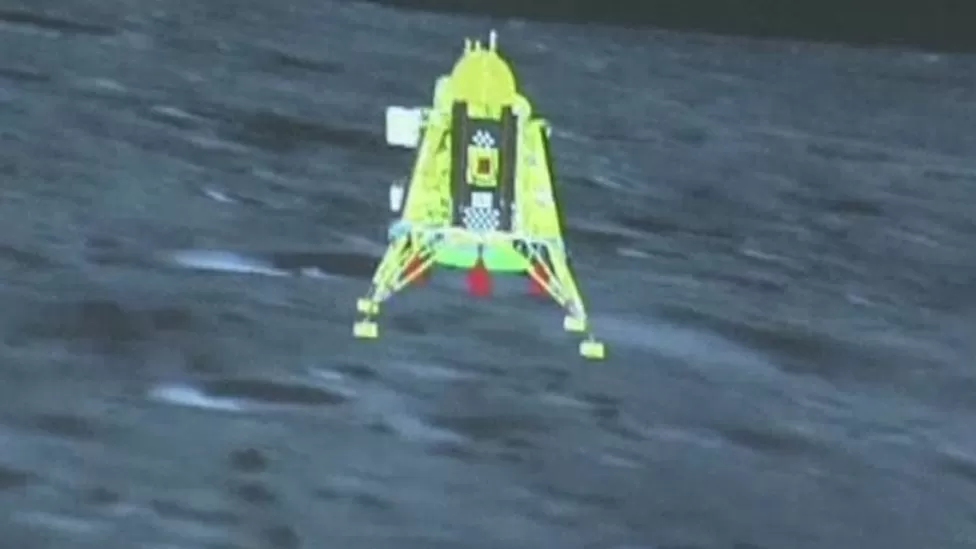India becomes first country in the world to land a spacecraft on the south pole of the moon
India has become the first country in the world to successfully land a spacecraft on the south pole of the moon.
The Chandrayaan-3 mission was declared a success on Wednesday, August 23, after the Vikram lander touched down at the South Pole of the moon by 1.34pm.
The mission’s Vikram lander travelled at about 1.68km per second, and fired its engines to successfully align the probe vertically to the Moon’s surface. Until now, no other country has achieved a soft landing on the Moon’s south pole, which is known to contain traces of water ice in its shadowed craters.
This is India’s third Chandrayaan mission. Both Chandrayaan-1 in 2008 and Chandrayaan-2 earlier in 2019 failed to successfully land.
The successful space journey sparked celebrations around India, including in the southern Indian city of Bengaluru, where space scientists watching the landing erupted in cheers and applause. After a failed attempt in 2019, India now joins the United States, the Soviet Union, and China in reaching this milestone.
The successful moon mission showcases India’s rising standing as a technology and space powerhouse and dovetails with the image of the country that Prime Minister Narendra Modi is trying to project: an ascendant country asserting its place among the global elite.
The lunar rover will slide down a flap from the lander within hours or a day and conduct experiments, including an analysis of the mineral composition of the lunar surface, said S. Somnath, chairman of the state-run Indian Space Research Organization.
Somnath said the mission is expected to last two weeks, and that India would next attempt a manned lunar mission.
Nuclear-armed India grew to become the world’s fifth-largest economy last year, and the success of the lunar mission will likely help Modi’s popularity ahead of a crucial general election next year.
India’s successful landing comes just days after Russia’s Luna-25, which was aiming for the same lunar region, spun into an uncontrolled orbit and crashed. It would have been the first successful Russian lunar landing after a gap of 47 years. Russia’s head of the state-controlled space corporation Roscosmos attributed the failure to the lack of expertise due to the long break in lunar research that followed the last Soviet mission to the moon in 1976.





















